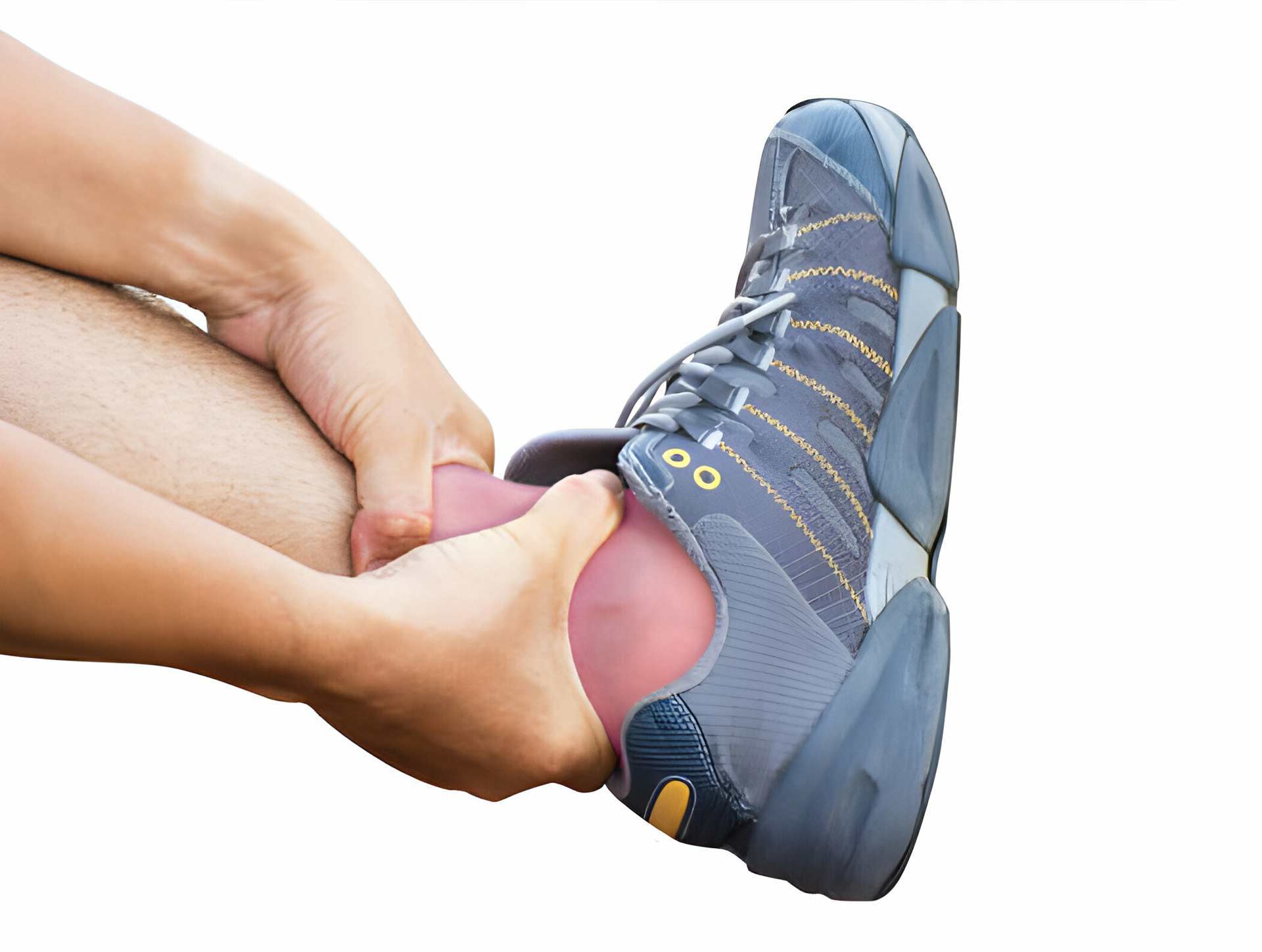
February 29, 2024 | 3 Mins Read
TABLE OF CONTENTS
1. Diabetic Socks vs Compression Socks
2. Are Diabetics Socks the Same Thing as Compression Socks?
3. Are Compression Socks Suitable for Diabetic Patients?
4. Caring for Diabetic Socks and Compression Socks
5. Where to Buy Diabetic and Compression Socks?
6. Frequently Asked Questions About Diabetic Socks vs Compression Socks
When it comes to managing diabetes, one of the main concerns is keeping your feet healthy. This is because people with diabetes are more prone to foot problems due to reduced blood flow and nerve damage.
Diabetic socks are for preventing diabetes- related foot complications while compression socks are for providing relief from various symptoms including swelling, fatigue, and soreness in the legs. Both of these types of socks have their own benefits and purposes. However, many people still get confused between diabetic socks and compression socks. This article aims to explain the key differences between these two types of socks.
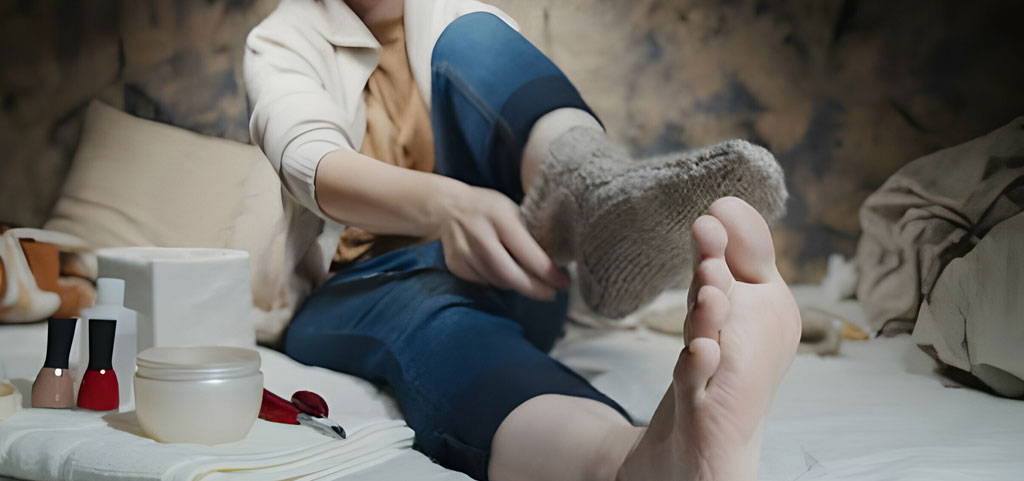
There are several key differences between diabetic socks and compression socks. These include:
Diabetic socks are specifically designed to prevent foot injuries and infections in individuals with diabetes. Comfort, prevention of foot complications, and proper blood circulation are the main focuses of diabetic socks. These socks are usually made from soft, non-binding materials that reduce friction and pressure on the skin.
These socks have a looser, non-binding fit that does not constrict blood flow or irritate sensitive skin. If they are too loose and wrinkled in the feet, there is a potential for localized pressure that can lead to blisters or skin tears.
One important feature of diabetic socks is the materials they are made from. Moisture-wicking fabric is a very important feature of diabetic socks. Moisture-wicking fabric keeps the feet dry and reduces the risk of fungal infections. You will want diabetic socks made from materials like:
If you're buying diabetic socks, it's best to opt for seamless designs. This is because heavy seams can create pressure points and cause irritation. Seamless socks also reduce the risk of blisters or rubbing that can lead to wounds.
Another non-negotiable feature of diabetic socks is the anti-microbial properties. Silver or copper-infused materials can be found on fabrics like bamboo or merino wool, and they have been shown to reduce the growth of bacteria on feet which is crucial for people with diabetes.
Lastly, look for diabetic socks that have extra padding in the heel and ball of the foot. These are high-stress points that require cushioning to prevent injuries and blisters.
Overall, the key features of diabetic socks include:
Not all diabetic patients may need to wear diabetic socks. However, if they face foot issues that could lead to more serious complications such as neuropathy (nerve damage) or poor circulation, then wearing diabetic socks can be beneficial. Individuals who can benefit from diabetic socks include:
For those traveling, especially by air, diabetic socks are an excellent choice. Long hours of sitting can cause swelling in the feet and ankles, leading to discomfort or even blood clots. Diabetic socks can help mitigate swelling and lower the risk of blood clots due to prolonged sitting. Opt for socks with light compression to aid circulation during travel.
The advantages of choosing diabetic socks over regular ones include:
The primary purpose of compression socks is to assist in the proper circulation of blood in the legs. These socks are tighter fitting and have graduated compression, meaning they are tighter at the ankle and gradually become looser towards the knee or thigh. The external pressure applied by compression socks acts as a muscle pump, gently squeezing the veins in the legs and enabling blood to flow more efficiently. The cavity of the veins is reduced, accelerating blood flow and transporting more oxygen to the muscles which can help reduce lactic acid build-up and prevent fatigue.
We place emphasis on comfort, providing relief and long-term benefits.
Fabric is a fundamental aspect of compression socks. Fabrics that are durable, soft and stretchable are perfect for these socks. The ability to retain shape after multiple washes, having anti-microbial properties and being able to wick moisture away are essential qualities of compression socks.
Below are some materials that make great compression socks:
Size is another important consideration when purchasing compression socks. Measurements should be taken at the widest part of your calf and ankle, as well as the length from your heel to just below your knee. Too loose, and the socks won't provide enough compression, too tight and they could cause discomfort or restrict blood flow.
One more factor to consider is anatomical fit. Koprez Knee High Compression Socks provide a snug and molded fit that highlights your curves. Coupled with the right level of compression, the right fabric, we've made sure that the Koprez Knee High Compression Socks provide curves and better compression delivery.
Lastly, padded and reinforced cushioning in the heel and ball of the foot provide shock absorption and comfort while wearing compression socks.
The most notable difference between diabetic and compression socks is the level of pressure they provide. While diabetic socks have a loose fit, compression socks are much tighter and offer graduated pressure levels. They come in different levels of pressure, from mild to firm, depending on the intended use. Here's an overview of the pressure levels:
Although there may be some overlap in features, diabetic socks and compression socks are both protective garments that serve different purposes.
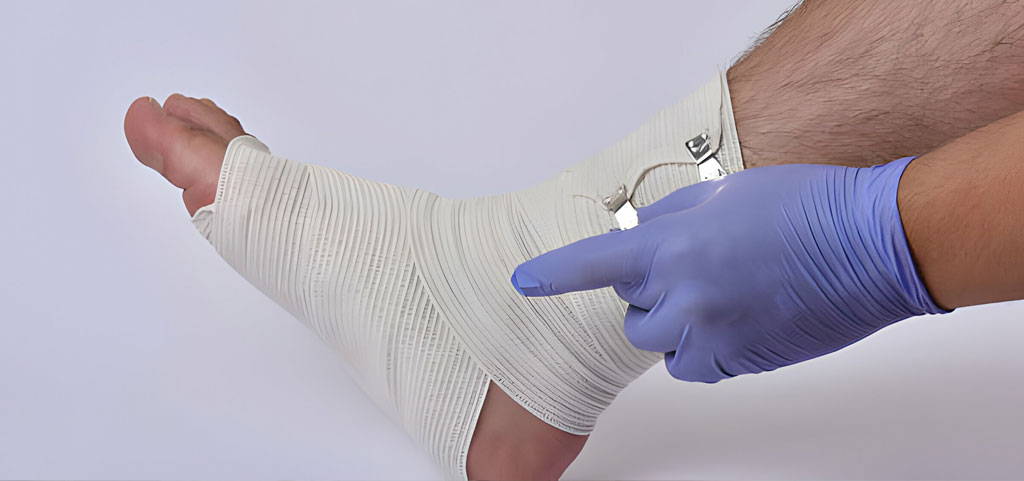
Edema or mild leg swelling is common among people with diabetes, making compression socks a viable option for managing this symptom. If you're suffering from leg pain, fatigue or swelling, mild-graduated compression socks with a pressure level of 8-15 mmHg or 15-20 mmHg are a good starting point.
To prolong the lifespan of your diabetic socks or compression socks and ensure their optimal performance, it is important to follow proper care and maintenance techniques. Here are some tips for caring for your socks:
Diabetic socks are available in medical supply stores, pharmacies and online retailers. Before buying, it's important to consult with a healthcare professional for recommendations and proper fitting.
Compression socks, on the other hand, can be purchased in specialty stores or online retailers. They're typically available in a variety of colors, designs and materials to suit individual preferences. At Koprez, we offer a 15-20mmHg knee high compression sock designed specifically for travel, mild edema and varicose veins. Tested and backed with medical research, our socks are designed to provide comfort and relief for everyday use. The best part? We offer 30-day money back guarantee, so if our product did not provide any sort of relief within one month of use, we will gladly give you a full refund and you can keep the socks for free.
Author

Claire Evans worked as the content marketing manager at Koprez. Claire combined a background of writing and editing, marketing, and patient education to best serve consumers, fitness enthusiasts, athletes, and anyone who relies on the Koprez brand for helpful information.
Koprez® Featured Products
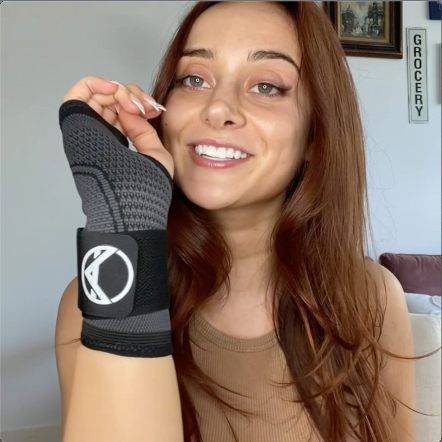

"I sprain my wrist super often, so I decided to try out this sleeve. This is game-changing! I've been using it for a while now, and my wrists feel amazing. I haven't gotten in any injuries since using it too. It just makes my wrists feel so supported."
Alexis A.
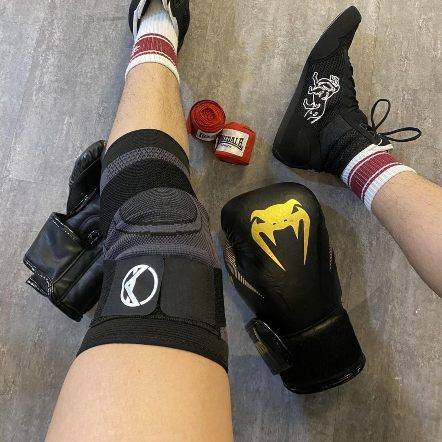

"Use this for my boxing training. It is a very comfortable brace and does not move out of position during skipping ropes and sparring sessions. I use it while running too. Probably the best brace I've purchased throughout the years. It is very flexible. Makes me look like a pro! :)"
Samuel L.


"I've just got back to running after a couple of years of being plagued by injury. These compressions socks are helping give me peace of mind while I build up my distance again. They are the perfect level of compression, super comfy, and very high quality. Feel great while on a run, and looks great in the orange colour I have!"
Dave R.
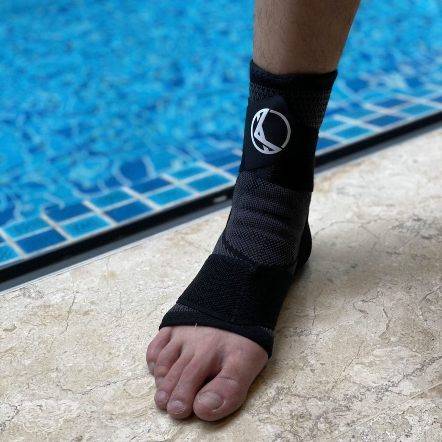

"I have a weak ankle, and the Koprez ankle sleeve has been a lifesaver. Wear it every day. Super breathable and comfortable. Like wearing a cool sporty looking sock!"
James F.
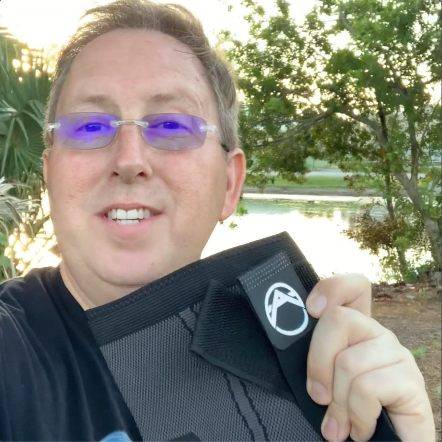

"This is the best knee sleeve I've ever tried. It's now a must-have for all my exercises. A few years ago, I had an accident that damaged my knees, but with Koprez I can be active again with no knee pains at all. It's been truly amazing!"
Alex M.
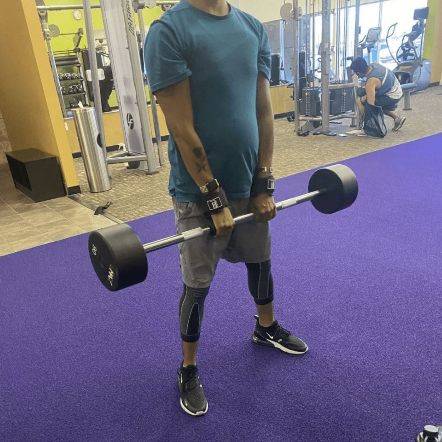

"One of the best purchases I've ever made. It fits your legs all the way from top to bottom, great snug fit, gives you support and definitely helps during rehab and training."
Rafael A.
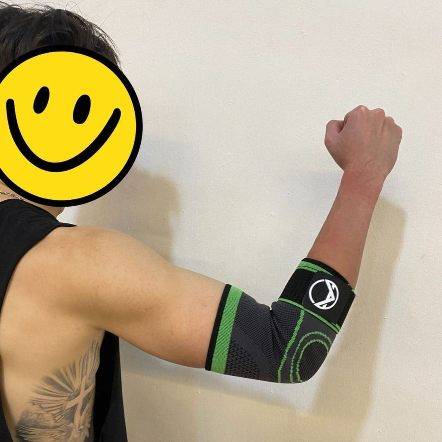

"I had a minor elbow injury, and Koprez sleeve was super supportive and definitely helped me recover faster. I still use the sleeve to prevent further injury. So far, so good. Very comfortable and does not feel hot at all. Highly recommend!"
Corey B.
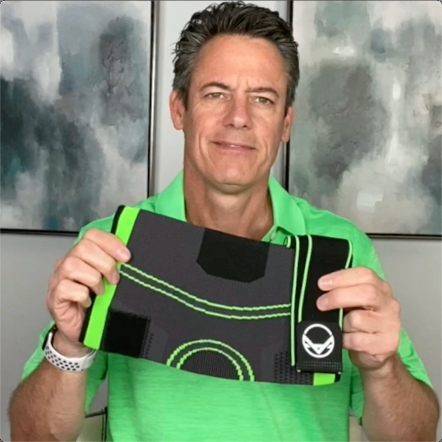

"It's really been a game-changer for me. It allows me to exercise a lot longer than I used to. Now my knees don't hurt, and they're not uncomfortable at all."
Mike P.
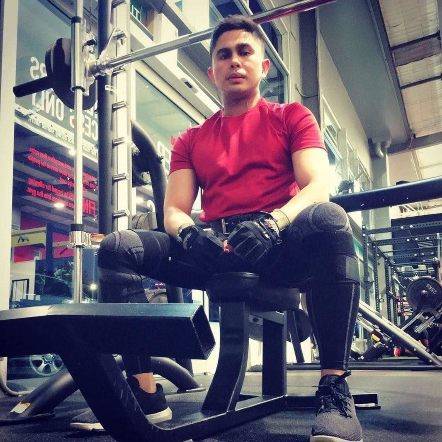

"Great product!!"
Harold
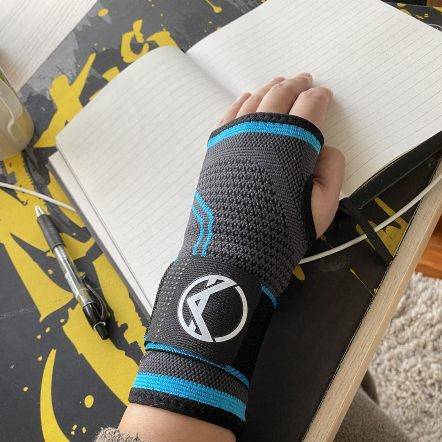

"I have carpal tunnel, and this brace has helped me work pain-free. Love the materials, and I can feel my wrists slowly getting better, even when I don't wear them!"
Christopher J.
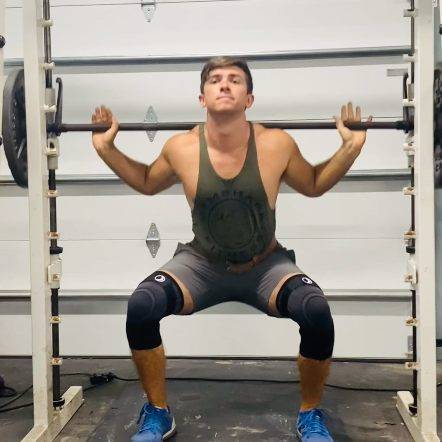

"I wanted to try out these sleeves to improve my squats and deadlift in the gym without worrying about injuring my knees. They stayed up throughout the entire gym session, and my knees feel super supported. Now I can do what I love for years to come. "
Corbin C.